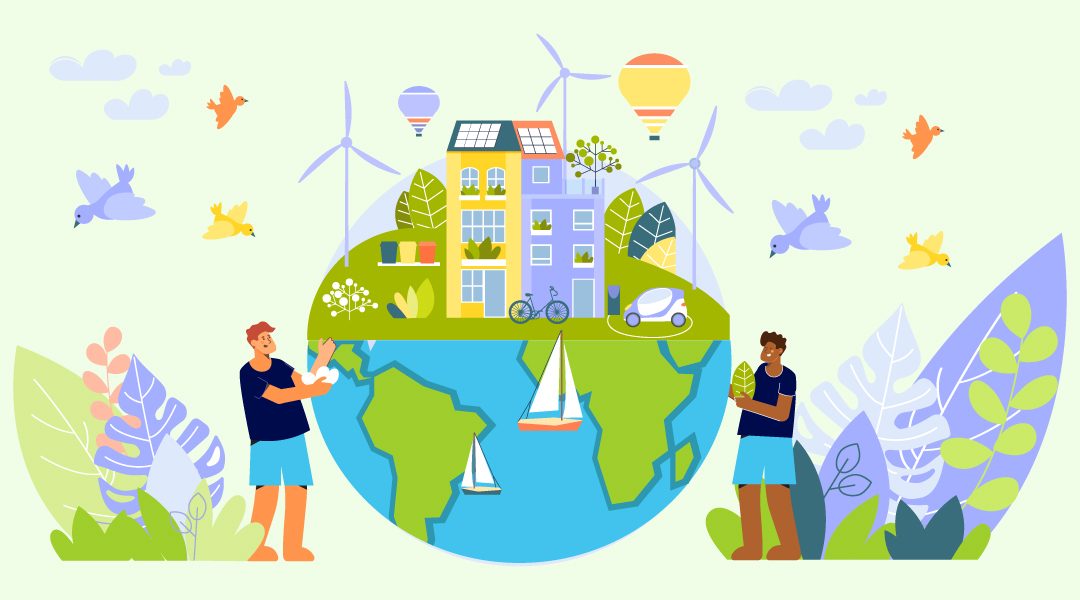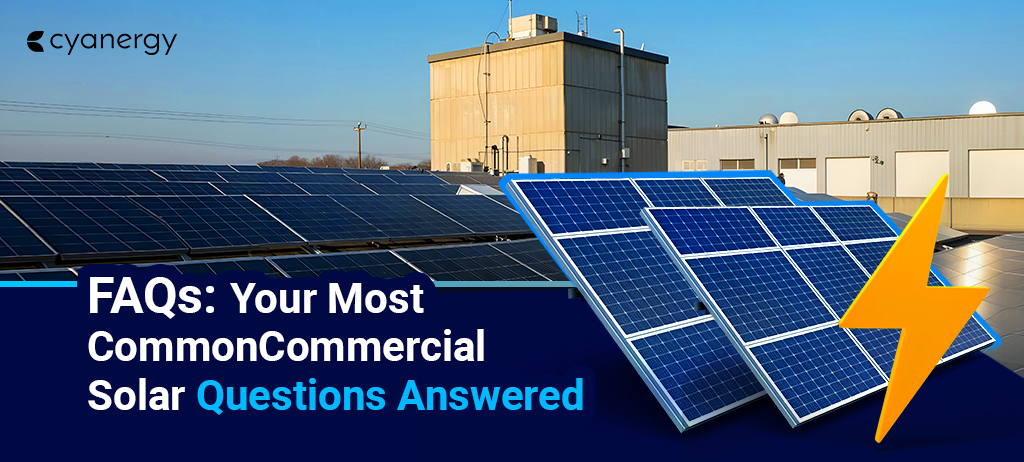The Australian Renewable Energy Agency (ARENA) states that by 2030, the nation wants to produce 50% of its power from renewable sources. Nevertheless, AEMO currently anticipates that this percentage will increase to 83% in 2030–31 (in line with Commonwealth Government strategy), 96% by 2040, and 98% by 2050. This objective is consistent with the IPCC’s guidelines, which declare that by 2050, the world must have an economy with net-zero emissions in order to prevent the worst effects of climate change.
In other words, according to AEMO’s most likely scenario, by the middle of this century, the majority of the nation’s power will come from renewable sources, with the remaining 2% coming from peaking gas plants that will provide firming assistance during periods of heavy demand.
However, some experts believe that Australia could go even further and generate as much as 100% of its electricity from renewables by 2040. This would require significant investments in renewable energy infrastructure, as well as changes to the way the country manages its electricity grid.

Will Natural Gas be Phased Out of Australia
The future of natural gas in Australia is a complex and contentious issue. While natural gas has been an important source of energy for Australia for many years, there are growing concerns about the environmental and climate impacts of fossil fuels, including natural gas.
In recent years, there has been increasing pressure from environmental groups and the public to phase out natural gas in favor of renewable energy sources. This pressure has been driven by concerns about the environmental impact of natural gas extraction, particularly the risks associated with hydraulic fracturing or “fracking,” as well as the greenhouse gas emissions associated with the use of natural gas as a fuel.
Additionally, it is becoming more and more feasible for Australia to move away from natural gas and toward a future powered entirely by renewable energy thanks to the falling cost and rising competitiveness of renewable energy sources like wind and solar power, combined with advancements in energy storage technologies.
To guide the state toward zero emissions, the Victoria government published a blueprint. Also, they will stop offering incentives for new gas installations in homes and businesses. By 2023, the Victorian government intends to completely phase out all gas products.
At the same time, however, natural gas remains an important source of energy for many industries in Australia, particularly in the areas of manufacturing, agriculture, and mining. There are also concerns about the reliability and stability of the electricity grid as it transitions to a higher share of intermittent renewable energy sources, which may require natural gas to serve as a backup power source.
Can Australia Go 100% Renewable Soon?

However, to achieve a 100% renewable energy economy by 2040, significant additional investments in renewable energy infrastructure and technology would be required. This could include the deployment of large-scale energy storage solutions, such as batteries, to manage the intermittency of renewable energy sources and ensure reliable and stable electricity supply.
There are also political and social challenges that need to be addressed to achieve a 100% renewable energy economy in Australia by 2040. These include the need to phase out coal and other fossil fuels, which will require significant changes to the country’s energy policy and infrastructure.
Despite these challenges, there is growing public and political support for renewable energy in Australia, with many individuals and organizations recognizing the urgent need to address climate change and reduce greenhouse gas emissions. This support has led to increased investment in renewable energy infrastructure and technology, as well as policy changes to promote renewable energy development.
In conclusion, while there are significant challenges facing Australia in its efforts to transition to a renewable energy economy, there is reason to believe that the country could generate a significant portion of its electricity from renewables by 2040. With careful planning, investment in renewable energy infrastructure, and support from the public and policymakers, Australia could become a leader in the global transition to a low-carbon economy.







